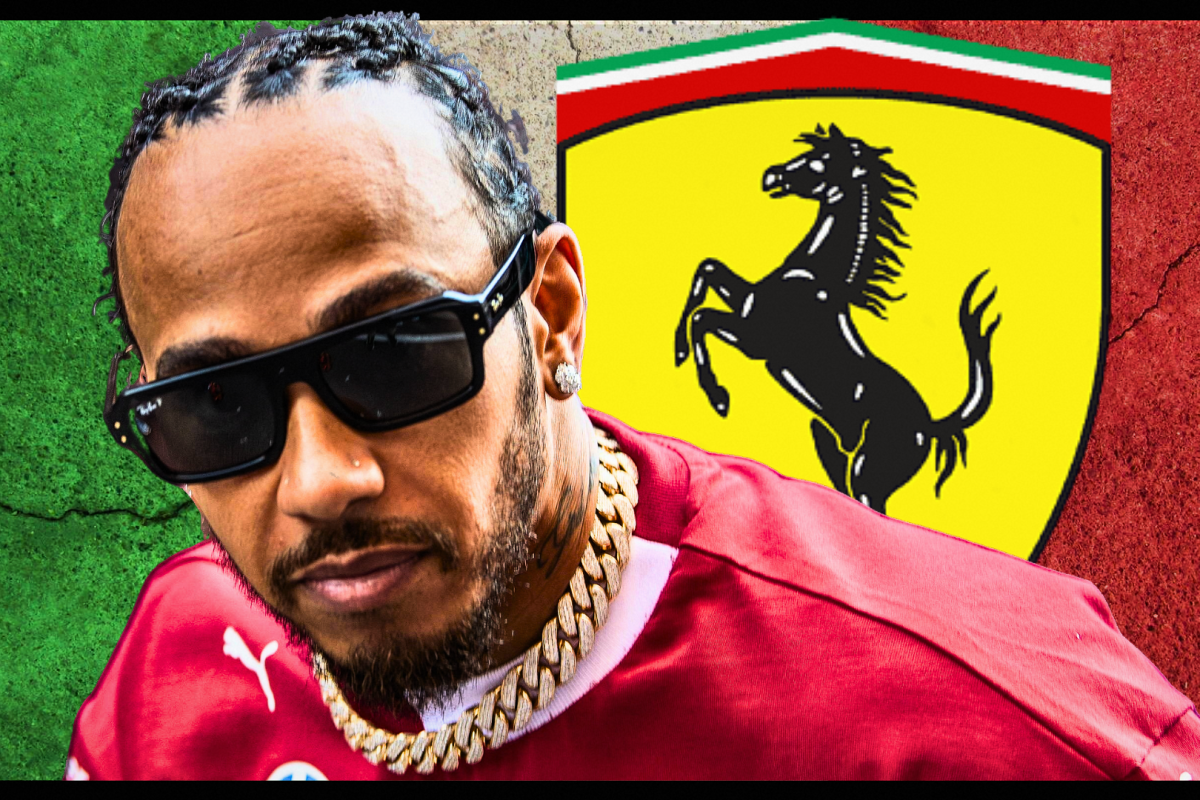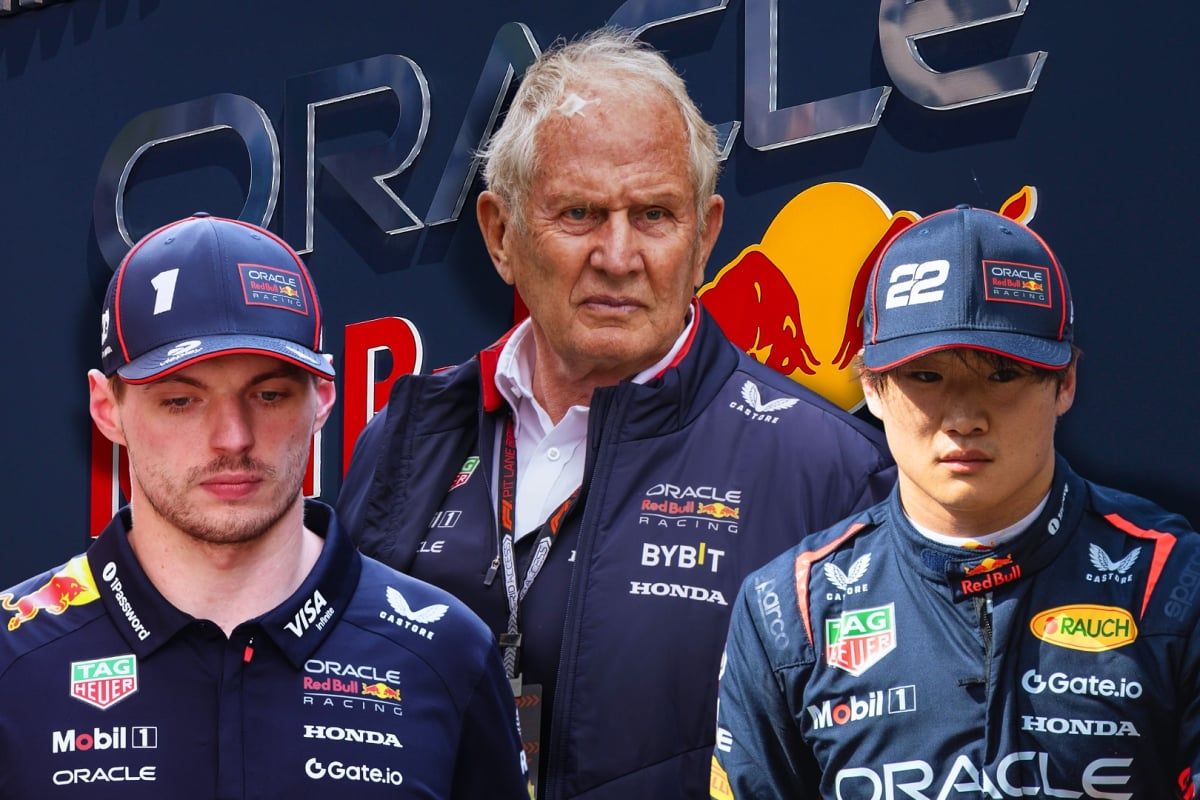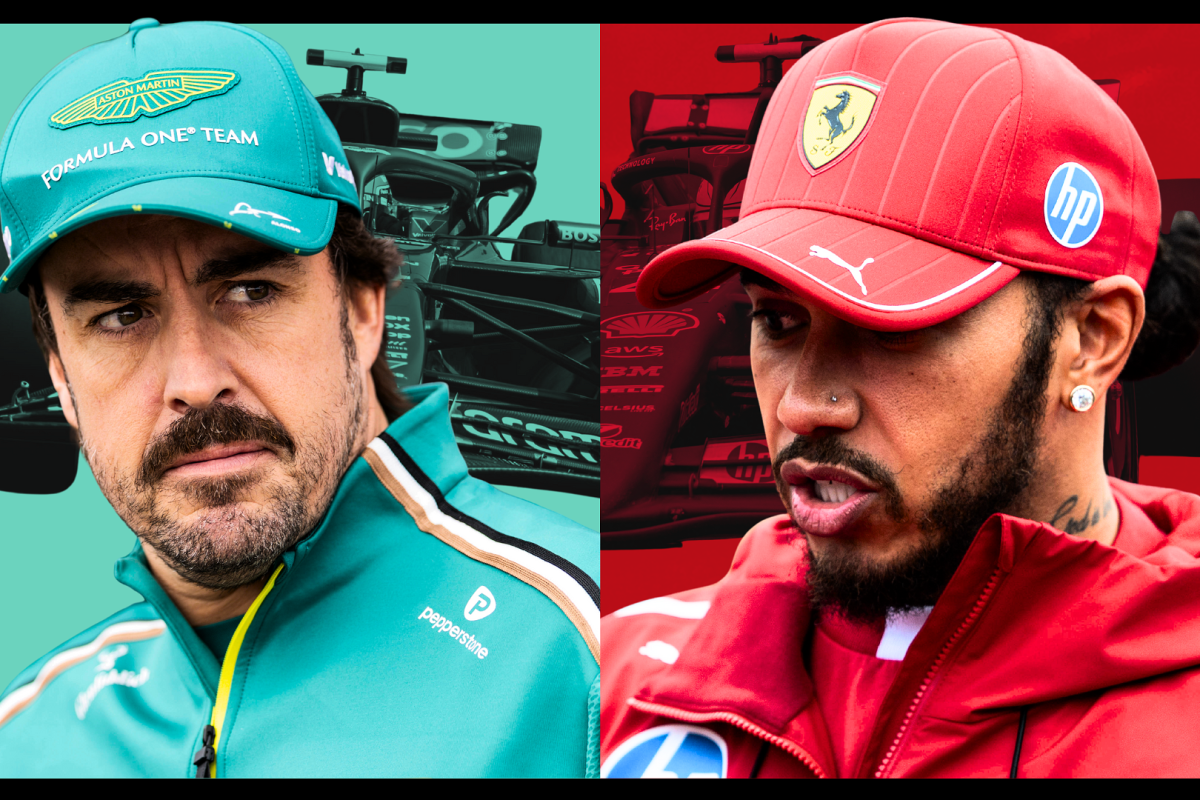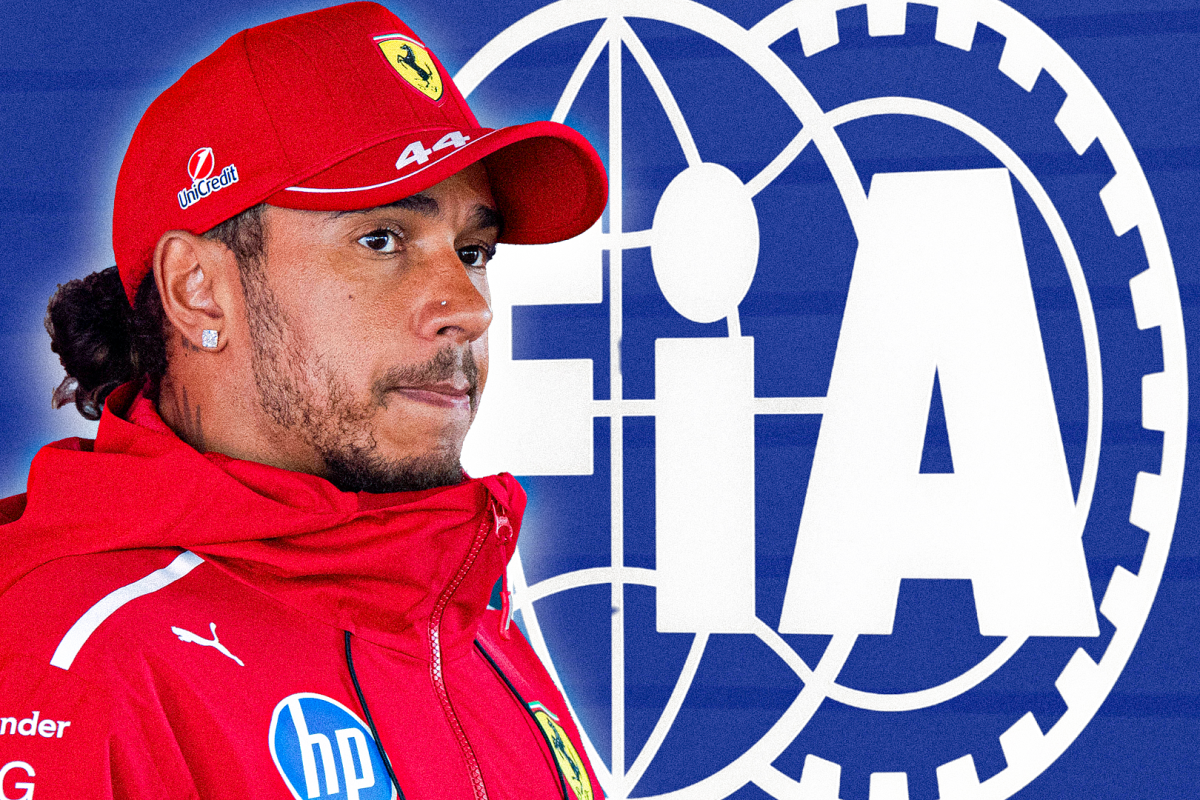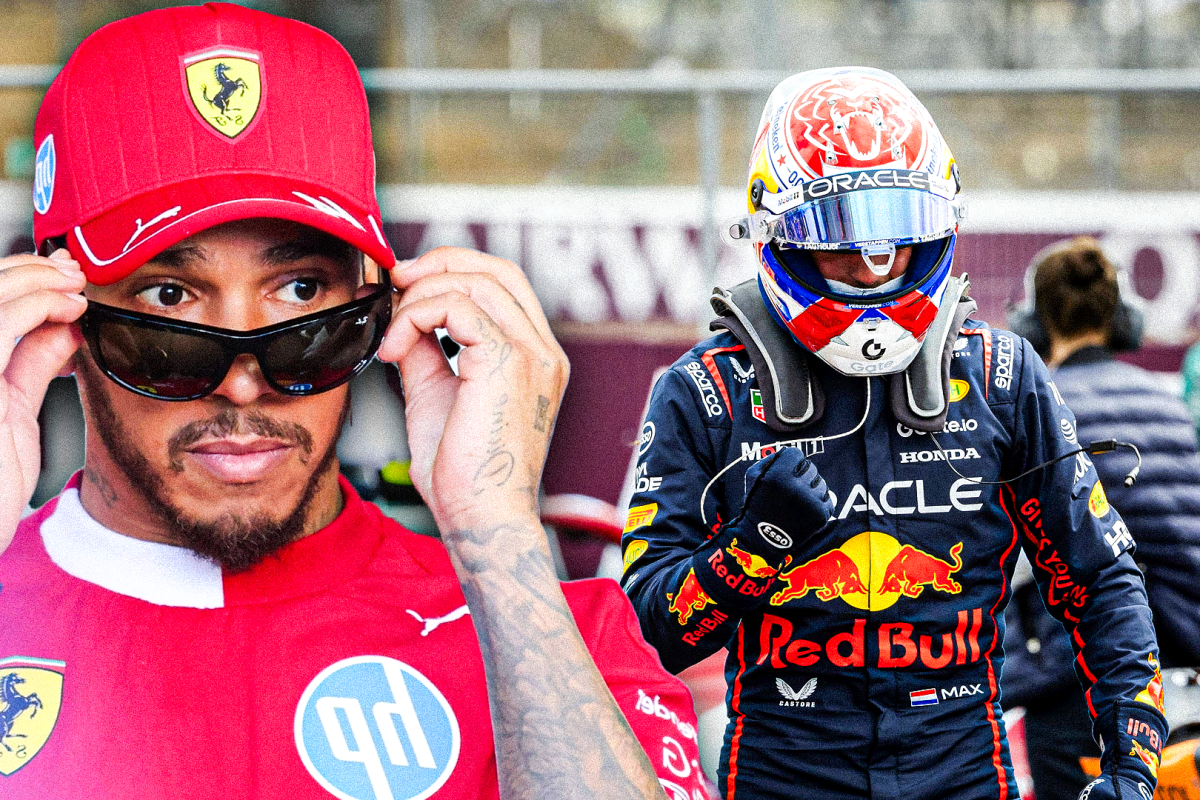Lewis Hamilton’s Ferrari Dream Faces Turbulence Amid Brand ‘Conflict’ and P… read more
Lewis Hamilton’s high-profile move to Ferrari at the start of the 2025 Formula 1 season was billed as one of the most exciting transfers in recent motorsport history. The seven-time world champion, a global icon both inside and outside the paddock, made the bold decision to leave Mercedes—his home of nearly a decade—in pursuit of a record-breaking eighth world title. However, halfway through his debut campaign with the Scuderia, Hamilton’s Italian adventure has turned into a storyline riddled with unfulfilled expectations, underwhelming performances, and now, public suggestions of a deeper ideological conflict between the man and the brand.
Former Haas team principal Guenther Steiner has recently stoked that fire, claiming that Hamilton’s towering global profile may be at odds with Ferrari’s deeply traditional image and iconic standing in Formula 1. Speaking on the Business of Sport podcast, Steiner didn’t mince his words when describing the unique challenge Hamilton poses for Ferrari. “I think in Formula 1 the only one above a team is Lewis Hamilton,” Steiner said. “His presence, his stature, it is like it’s very big outside of the sport as well. Because that’s how it goes — you’re big in the sport, but then when you get big outside of the sport, you’re bigger than the actual team.”
In that assertion, Steiner touches on a reality that few can deny. Hamilton is not just an F1 driver — he’s a global ambassador for social justice, a fashion icon, and a recognized figure far beyond the confines of a racetrack. His influence spans fashion shows in Paris, speeches at climate summits, and music studios in Los Angeles. Ferrari, for all its motorsport glory and historical weight, has traditionally centered the team above all, even above its greatest drivers. From Michael Schumacher to Niki Lauda, and even Fernando Alonso, Ferrari has always stood as the crown jewel — the identity that defines the driver, not the other way around.
In Hamilton, however, Ferrari now finds itself sharing the spotlight with a brand unto itself.
But the philosophical clash is not the only issue. The on-track performance hasn’t lived up to the buzz either. Ferrari entered 2025 with high hopes after finishing just 14 points behind McLaren in the previous season’s Constructors’ Championship. Hamilton was expected to be the final piece in the puzzle — the experienced head who could bring home a long-awaited world title, the team’s first since 2008. Instead, the Scuderia is languishing 238 points behind McLaren, and Hamilton himself sits a disappointing sixth in the Drivers’ Championship standings, having failed to score a single podium in the first 12 races.
Even more telling is Hamilton’s performance relative to his team-mate, Charles Leclerc. The Monegasque driver has outqualified the Brit in eight out of twelve qualifying sessions so far this season and sits 16 points ahead in the standings. While Leclerc has made the most of the Ferrari’s capabilities, Hamilton has struggled to adjust to the nuances of the car. At the British Grand Prix, an event where multiple top contenders including Leclerc, Max Verstappen, George Russell, and Kimi Antonelli were out of contention, Hamilton still couldn’t capitalize — finishing fourth behind Sauber’s Nico Hulkenberg, who snatched the final podium spot.
All of this has raised questions over whether Hamilton’s move to Ferrari was the right one, both from a sporting and branding perspective. Steiner, in fact, admitted that he would not have signed Hamilton if he were in charge at Ferrari. “No, because I don’t think Ferrari needs that,” he said bluntly. “I think it’s a cool story to be honest — a seven-time world champion going to Ferrari, Ferrari was doing good — but I think we put the expectations so high. Now we’ve got a little bit like the expectation is not fulfilled. You know we are a little, ‘oh, this doesn’t work and now we’re depressed about it.'”
The disappointment has left fans and pundits alike questioning whether Hamilton can still chase that elusive eighth title — and if Ferrari is the team to help him get there. There is still time left in the 2025 season, and Hamilton, known for his resilience, will undoubtedly look to extract more from his performances in the remaining races. His goal now will be to gel more closely with the engineering team, refine his driving style to suit the Ferrari package, and build momentum going into 2026 — when Formula 1 ushers in a new era of technical regulations.
That next chapter could be pivotal not just for Ferrari, but also for Hamilton’s future in the sport. The British driver, now 40 years old, is under contract with Ferrari until the end of 2026. Whether he extends that deal or walks away from the sport altogether could very well hinge on how Ferrari adapts to the new regulations and whether they can finally deliver him a car worthy of championship contention.
For now, though, the red dream remains clouded by strategic mismatches, branding conflicts, and on-track frustrations. Hamilton may still possess the hunger and experience of a champion, but as Steiner suggests, when two giants like Hamilton and Ferrari collide, finding harmony is a challenge in itself. The world will be watching to see if this high-stakes union finds its rhythm — or ends in a parting of ways.
